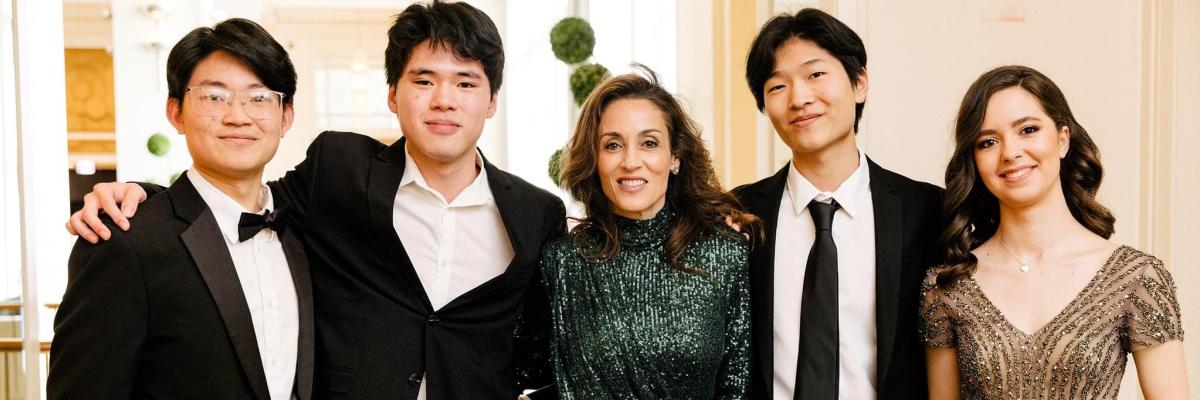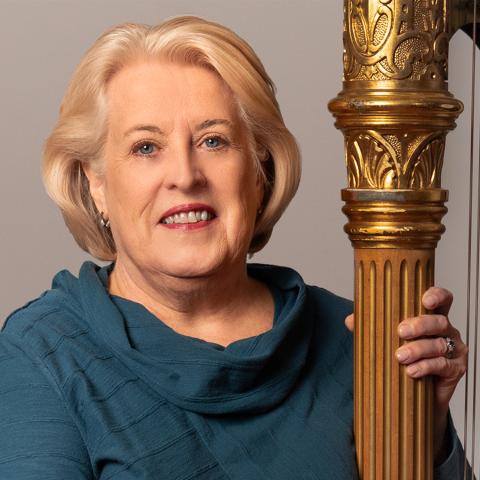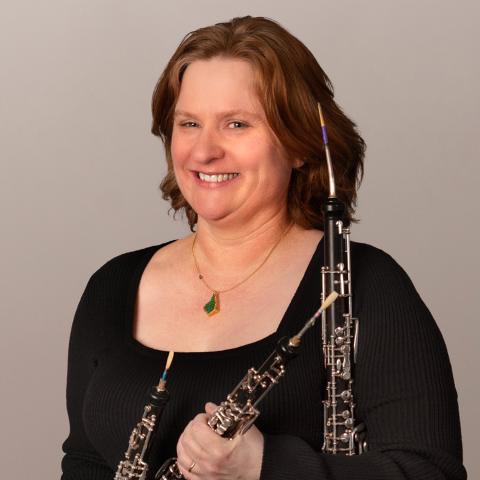Our Values: Innovation • Access • Excellence
Leading people towards a lifelong engagement with music.
The Music Institute of Chicago (MIC) was founded in 1931 by Dorothy and David Dushkin, who believed that quality music education should be accessible to all. What started as a small community music school in a Winnetka farmhouse has since evolved into one of the largest and most reputable music schools in the country.
Renowned for its first-rate faculty and a fundamental drive to ensure equitable access to music, MIC provides high-quality music education, world-class performances, and countless moments of inspiration for the community. Each year, MIC offers personalized music instruction to nearly 2,000 students of all ages, levels of experience, and financial means, across eight campus locations in Chicago, Downers Grove, Evanston, Lake Forest, Lake Bluff, Wheaton, and Winnetka.
MIC shares music experiences with a broader public through its schools and community service programs, which integrate arts curriculum, provide professional development, and offer performance and engagement opportunities to thousands in the Chicago area. Nichols Concert Hall, MIC’s state-of-the-art, 550-seat performance space headquartered in Evanston, is a highly accessible resource for students and faculty and engages more than 10,000 individuals annually through master classes, recording sessions, recitals, community gatherings, and performances.
Through all its endeavors, the Music Institute of Chicago is a 501 (c)(3) nonprofit organization dedicated to leading people toward a lifelong engagement with music through unparalleled teaching, exceptional performances, and valuable service activities that educate, inspire, and build strong, healthy communities.
Browse our Lessons and Classes Browse the MIC faculty directory
Experienced, Dedicated Faculty
The breadth and depth of our faculty is unparalleled. Nearly 200 in number, Music Institute of Chicago teachers are experienced, dedicated educators and performers who hold degrees from the world’s finest music schools.
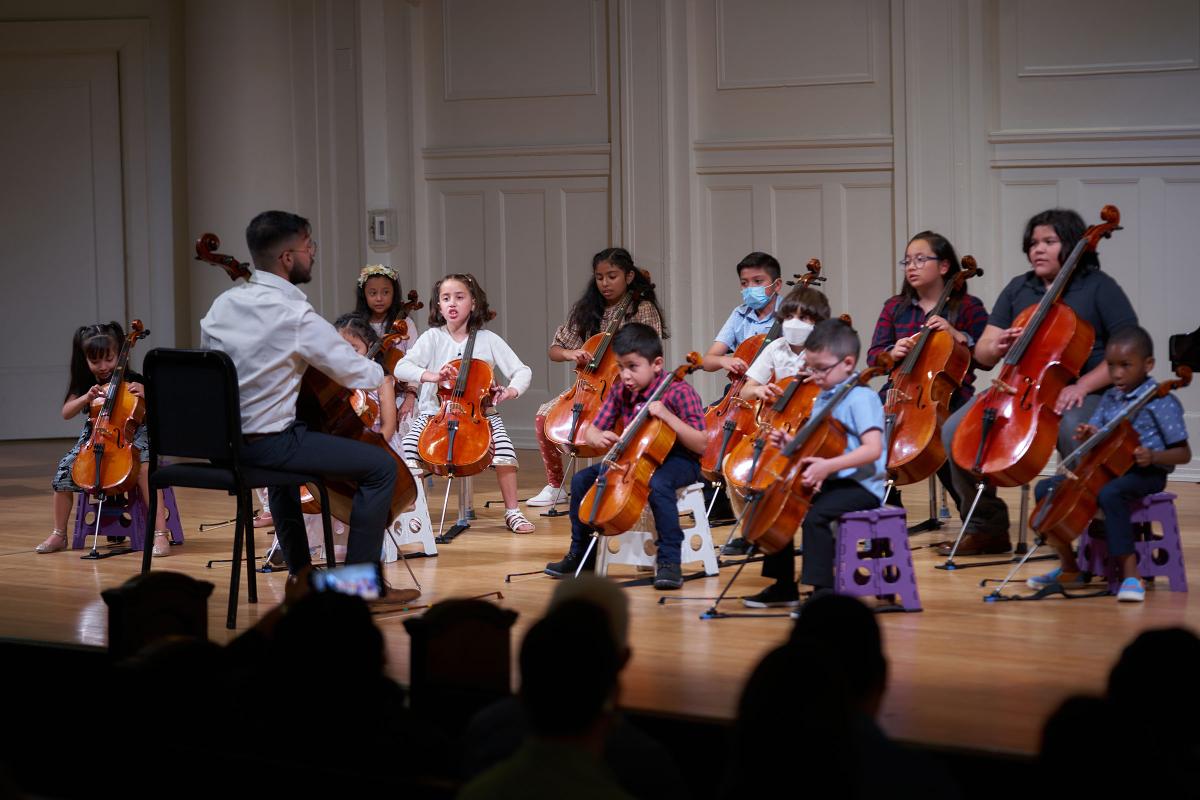
MIC's Community Impact
MIC's community engagement initiatives ensure access to music education and musical performances for our most vulnerable populations.Through a comprehensive and flexible array of programming, the Music Institute reaches people of all ages and backgrounds, and builds meaningful musical connections and paths to lifelong learning as a trusted community resource.
The Music Institute of Chicago's Mission & Vision
MIC Mission
The Music Institute of Chicago connects people through music by offering high-quality teaching, exceptional performances, and key service initiatives that educate, inspire, and build strong, vibrant communities.
MIC Vision
The Music Institute of Chicago (MIC) envisions a society where music education and live performances are available to everyone, regardless of age, background, or ability to pay. Music is a fundamental human activity and MIC aspires to be an indispensable resource to our community for music and music education, and an advocate for the important role of music in our lives. MIC believes that music is an essential element of a strong, well-educated, and compassionate community; music bolsters the brain, strengthens community bonds, and nourishes the human spirit; and music and quality music education should be accessible to everyone.
Our story began in 1931
The Music Institute of Chicago was founded in 1931 (then known as the School of Musical Arts and Crafts) by David and Dorothy Dushkin. The Dushkins met in Paris as students of Nadia Boulanger. Each had taught for two years in the Chicago area before establishing their own school. David taught instrumental music at Francis Parker, the Latin School and in the Glencoe Public Schools, while Dorothy was a vocal teacher at the Latin School.
The Dushkins were passionate in their love of music, and wanted to make that love a part of the everyday life of as many children as they could reach. They were devoted, not to the training of the professional musician (although many who began their studies with the Dushkins went on to professional careers), but to developing musical ability and appreciation in the lifelong amateur.
David was a strong advocate for the creation of musical instruments. He believed that instrument making worked as a powerful stimulus to musical education, teaching the student pitch and tone and a love for the instrument itself. The Dushkin home on Willow and Rosewood in Winnetka served as a complete instrument workshop. Before their lessons began, students would spend an hour or two in the shop working under David’s tutelage.
Due to the growing popularity and enrollment in the school after two years, a new school was built at 555 Glendale and renamed the Winnetka Music School. It housed a concert hall on the main floor, a workshop and studios below and living quarters on the upper level. Noteworthy faculty included Grace Nash, violin, Genieve Lewis, cello and Louise Burge, flute. With the assistance of Harrison Collins, Principal at Sunset Ridge School in Winnetka, a special relationship was developed with the Winnetka community, and particularly the Winnetka Public Schools. Teachers from the Winnetka Music School were able to give lessons at Sunset Ridge during the school day. In addition, many musical performances were presented for the community, including one by the composer Igor Stravinsky and violinist Samuel Dushkin.
For 22 years the Dushkins remained very much a part of the community until they decided to move to Vermont and establish a summer music school which became known as Kinhaven. A small group of passionate citizens, led by faculty violinist Grace Nash, Richard D. Colburn and Lucy Montgomery envisioned a higher profile for the Winnetka Community School and purchased it from the Dushkins. Herbert Zipper was recruited to be the first president of the renamed Music Center of the North Shore. Zipper was an accomplished conductor and composer whose remarkable journey included imprisonment in Dachau and Buchenwald. He later reorganized and conducted the Manila Symphony after the end of the World War II. Zipper had moved to New York to take up his work as the first executive director of the National Guild of Community Music Schools. When he arrived in Winnetka in 1953, Zipper was poised to establish the Music Center of the North Shore as a modern community music school that combined professional performances with high quality education and training for the younger generation.
In 1956, Richard D. Colburn further propelled his vision by spearheading a group that garnered the necessary resources to build a new music facility on land leased from North Shore Country Day School. This would become the exclusive home of the Music Center of the North Shore for many years to come. Several significant and innovative programs were adopted and nurtured in the ensuing decades, including Orff Schulwerk and the public school-touring Philharmonia ensemble known informally as the Zipper Orchestra. After fourteen years as the director of the Music Center, and having virtually re-invented the concept of a community music school, Herbert Zipper resigned to take the post of special assistant to the Dean of the School of the Performing Arts at the University of California. Programs developed by Zipper in California eventually evolved into the renowned Colburn Academy.
The legacy of the early leaders of the Music Institute of Chicago lives on. The Dushkin Award, established in 1985 and named for the Music Institute’s founders, Dorothy and David Dushkin, honors individuals who exemplify the spirit of the award as exceptional artists, music educators, and role models for Music Institute of Chicago students. Some of the many notable Dushkin Award honorees include Sir Georg and Lady Solti, Plácido Domingo, William Warfield, Pierre Boulez, Isaac Stern, Mstislav Rostropovich, Renee Fleming, Midori, Leon Fleischer, Yo-Yo Ma, Riccardo Muti, Stephen Sondheim, Lang Lang, Joshua Bell, and Wynton Marsalis.


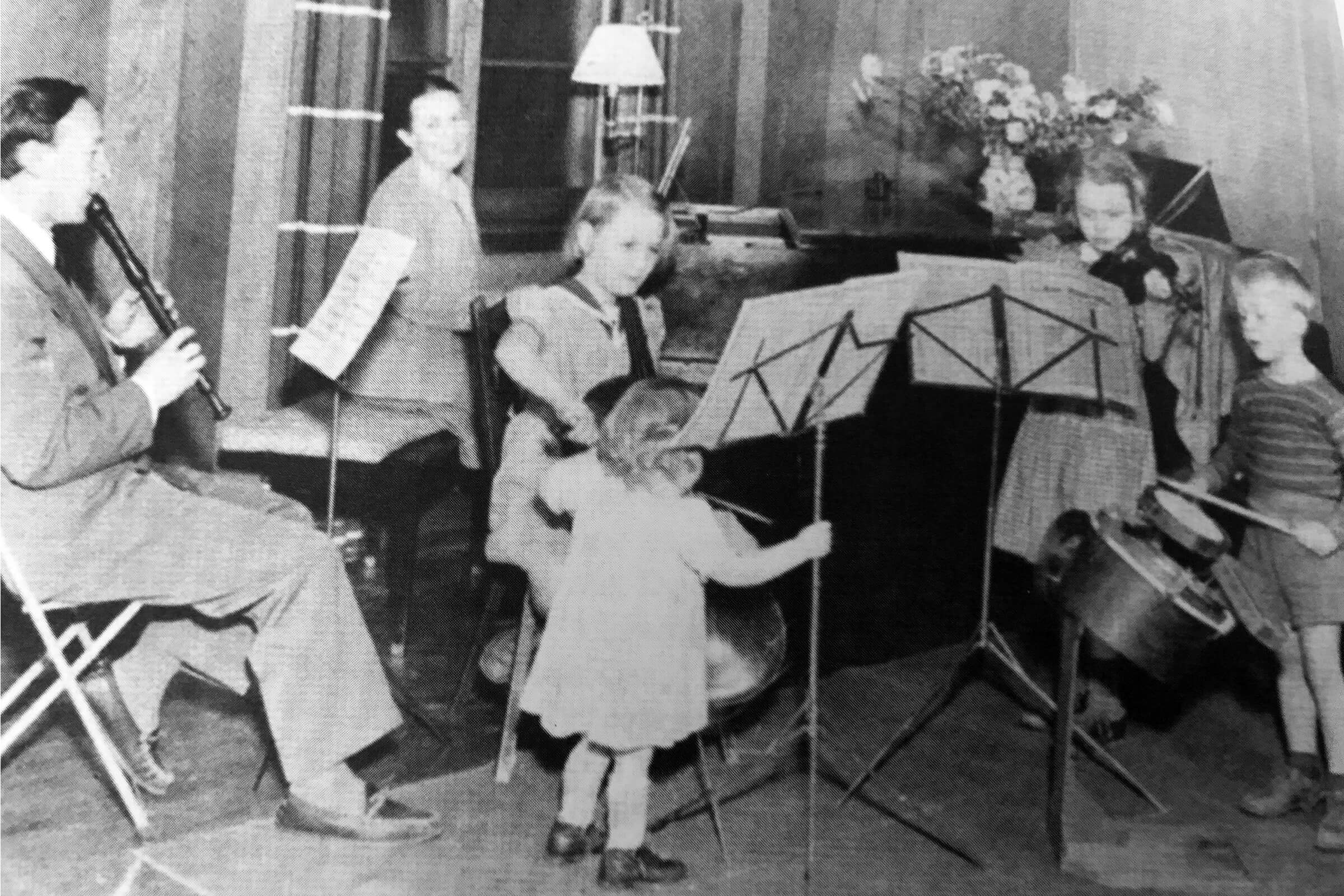
The Music Institute of Chicago Historical Timeline Continues
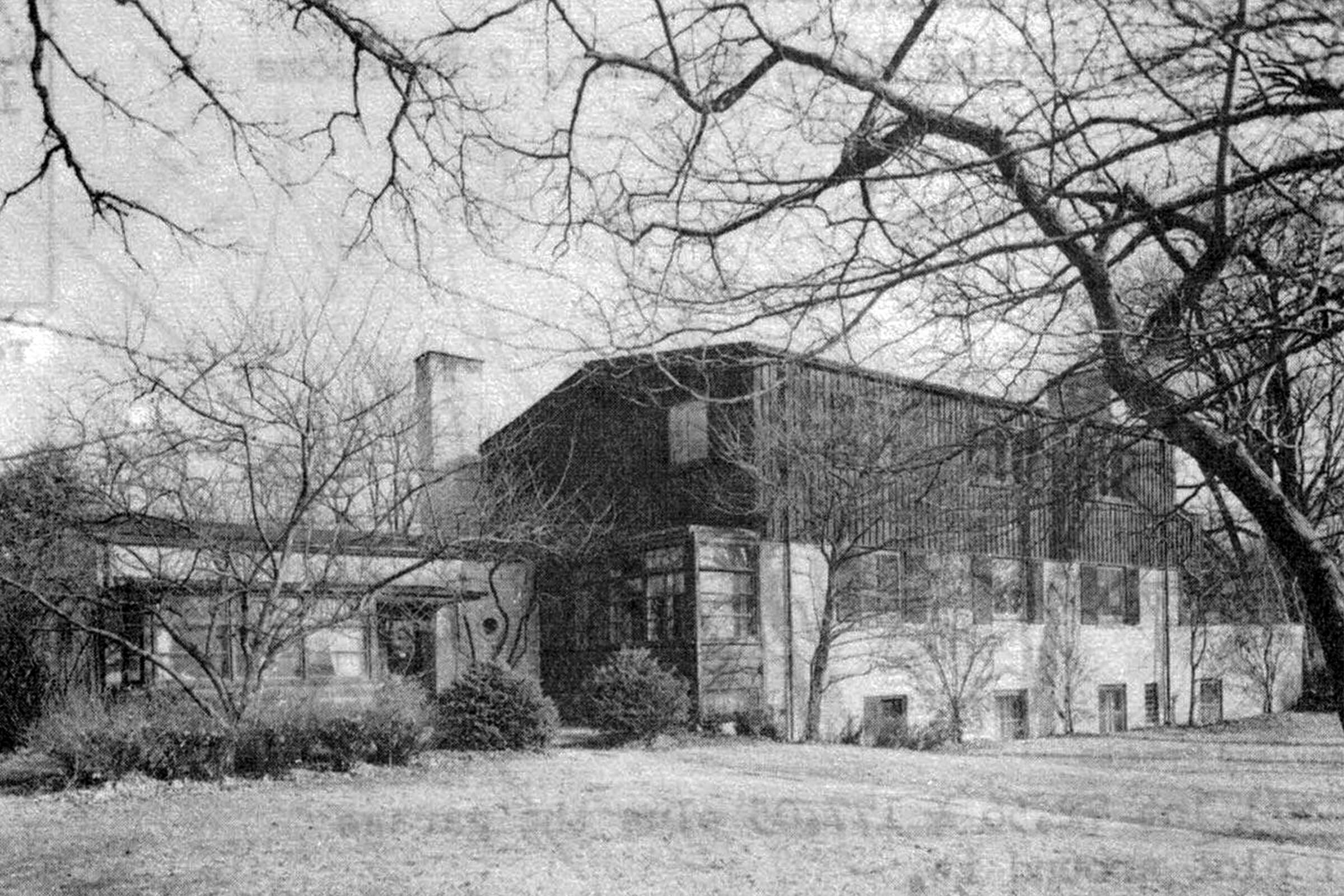
Winnetka Farmhouse
1931
The Music Institute of Chicago (formerly the Music Center of the North Shore) was established by Dorothy and David Dushkin. The music school's first home, a farmhouse at the corner of Willow and Rosewood in Winnetka. It is the largest and oldest independent community music school in Illinois and the first in the state to be accredited by the National Association of Schools of Music.
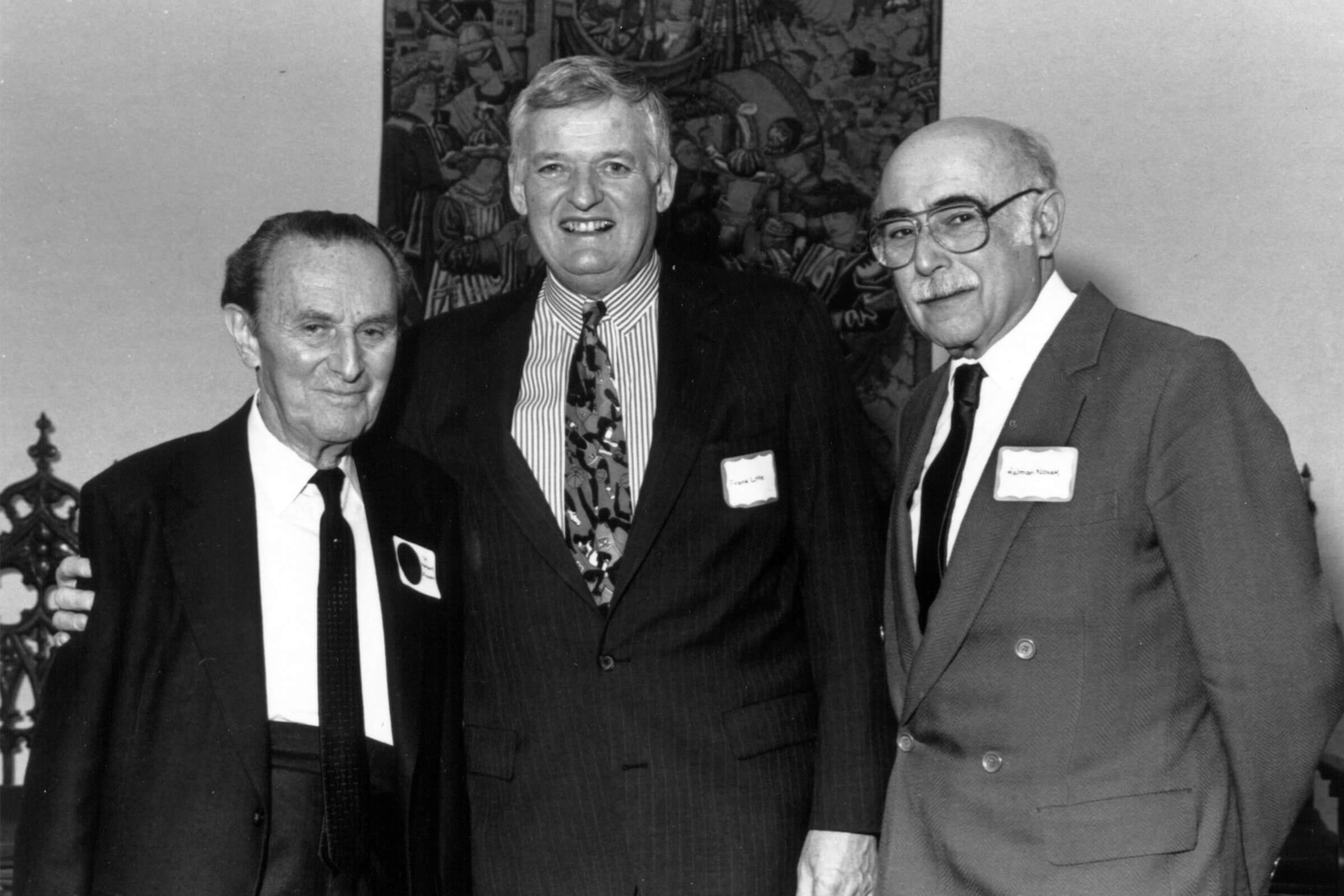
Dr. Herbert Zipper with other past presidents, Frank Little and Kalman Novak
1953
Dr. Herbert Zipper becomes MIC's second president.
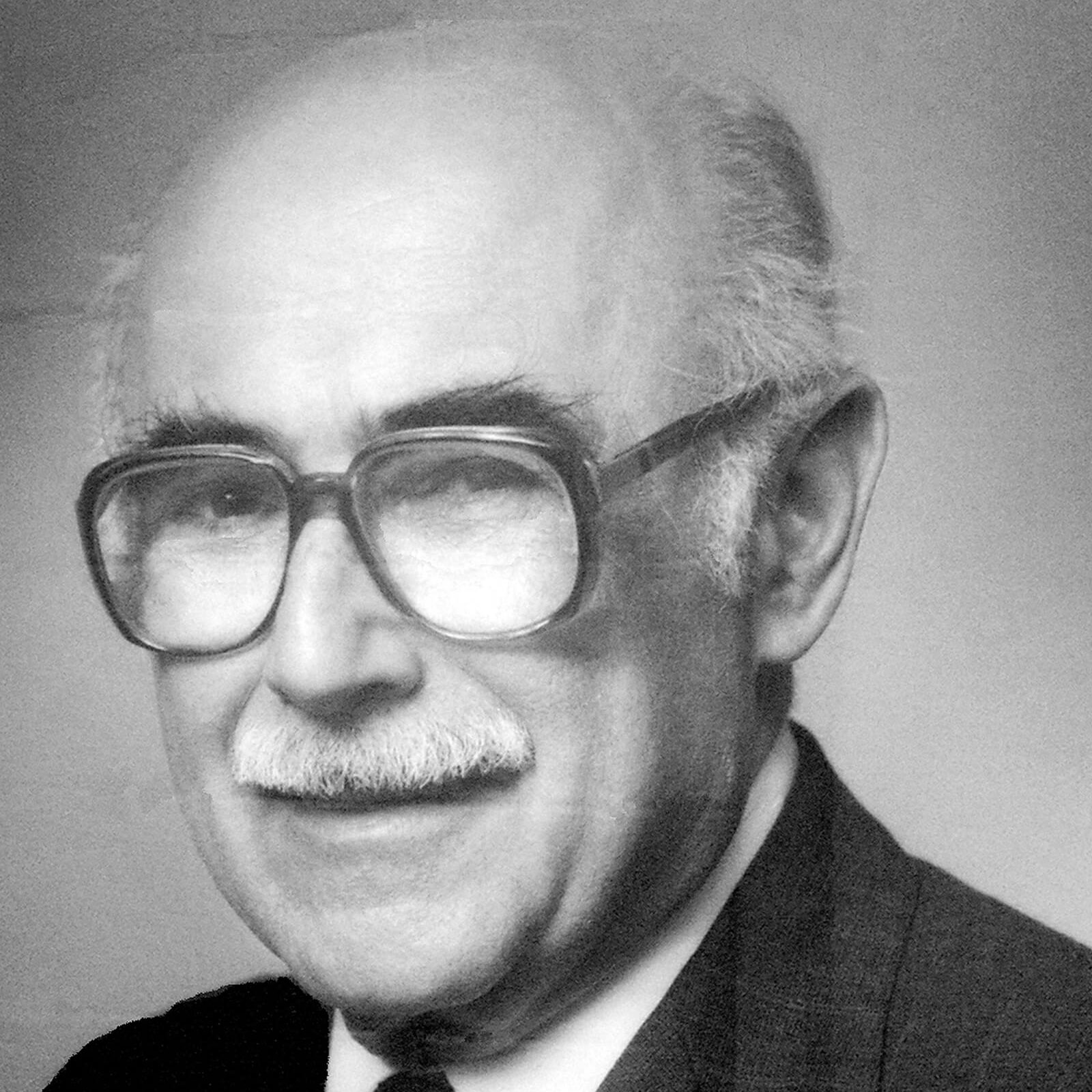
1969
Kalman Novak becomes MIC's third president.
1975
The Music Institute established the Institute for Therapy through the Arts (ITA) to address the need for expressive arts therapy in treating people with special needs.
1980
Music Institute opened a second campus in Evanston.
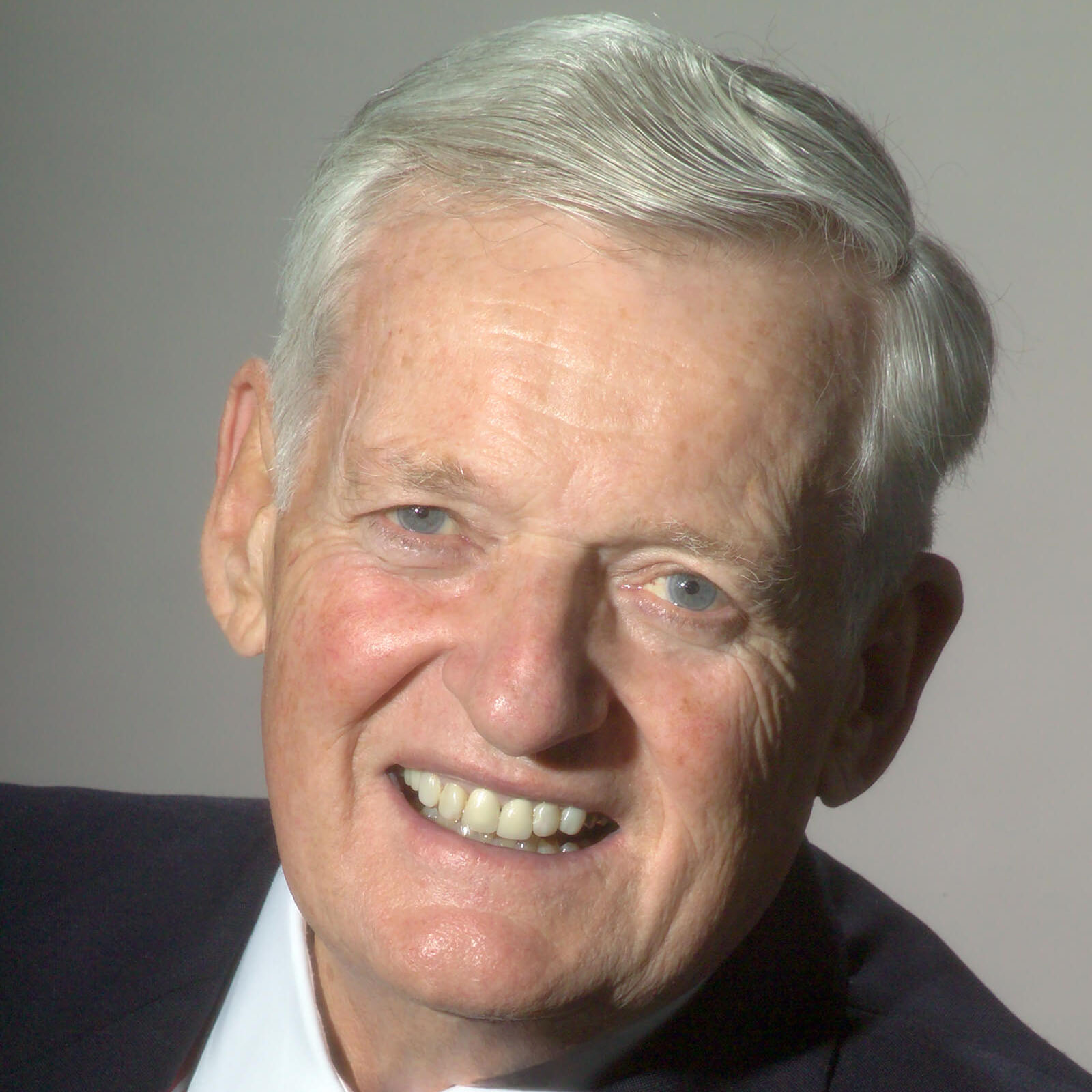
1987
Dr. Frank Little become MIC's fourth president.
1996
Music Institute initiated the Arts Link (formerly Music Integration Project), a free outreach program in Chicago Public Schools that provides school concerts, intensive staff development, and arts integration across the curriculum.
1999
The organization name was officially changed to: Music Institute of Chicago.
2001
The Music Institute purchased a 1912 landmark church in Evanston, Illinois for a new music education and performance center.
2003
The state-of-the-art music education and performance center was opened. It received the 2003 Richard H. Driehaus Foundation Award for Outstanding Adaptive Use by the Landmark Preservation Council of Illinois. The building houses the acoustically acclaimed Nichols Concert Hall. John Piepgras becomes MIC's fifth president.
2004
MIC launches the Evanston Escola de Samba program.
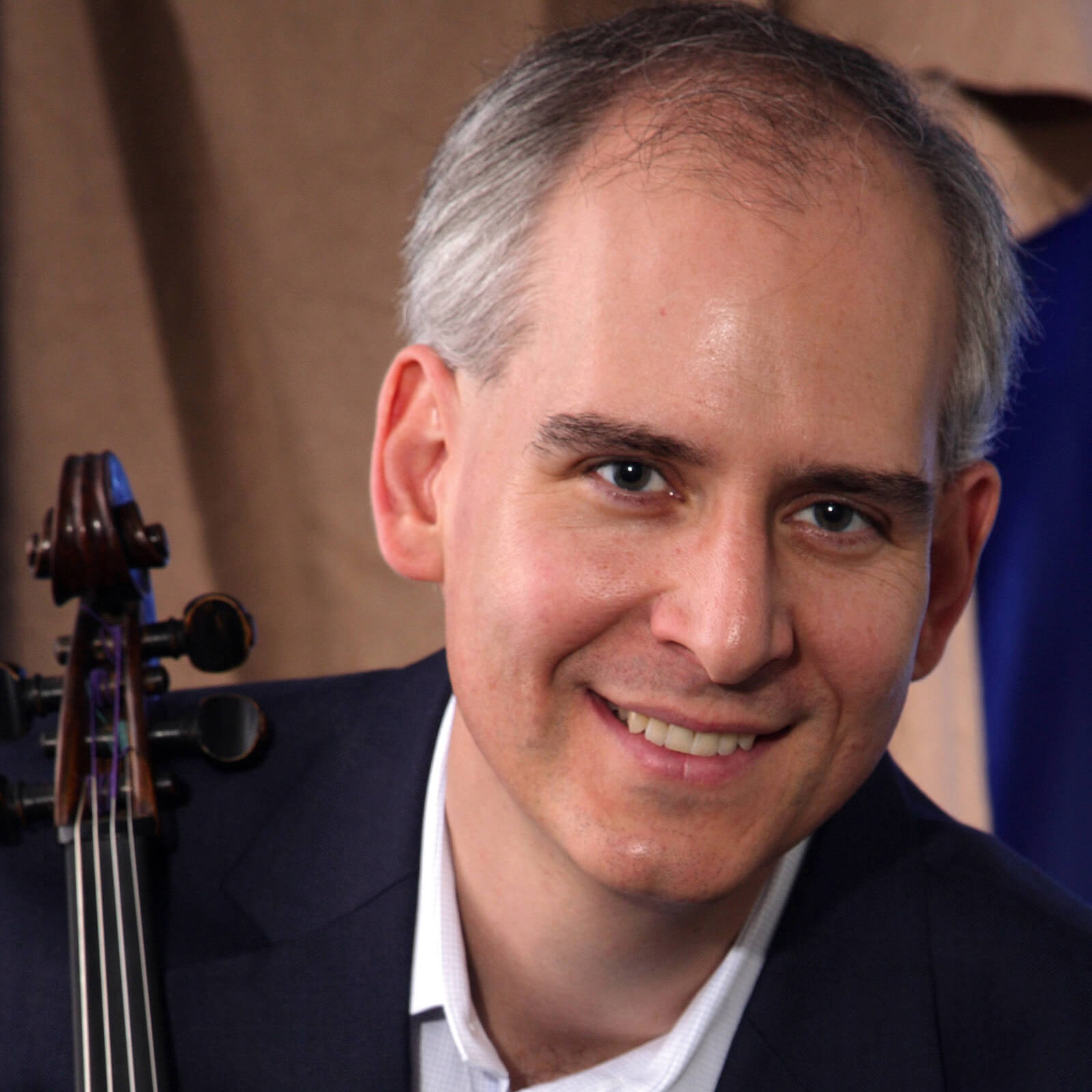
2005
Sel Kardan was appointed MIC's sixth president.
2006
The Music Institute received the Evanston Mayor’s Award for the Arts and the Design Evanston Award. The Make a Joyful Sound! Residency at the Apostolic Church of God in Woodlawn is a semi-finalist in the national Coming Up Taller Awards. MIC introduces the Brass for Beginners program in the Evanston Public Schools. MIC’s Evanston West facility, home to ITA and the Musical Theater program opens.
2007
MIC launches The Academy. MIC merges with the Music Arts School in Highland Park, IL bringing the number of MIC campuses to five.
2008
The Music Institute adds a sixth campus by merging with the Lake Forest Symphony Music School.
2009
MIC begins a Suzuki Strings Program in collaboration with the Chicago West Community Music Center in Garfield Park.
2010
MIC welcomed Dr. Mark George as MIC's seventh president.
2013
MIC headquarters is moved to downtown Evanston.

